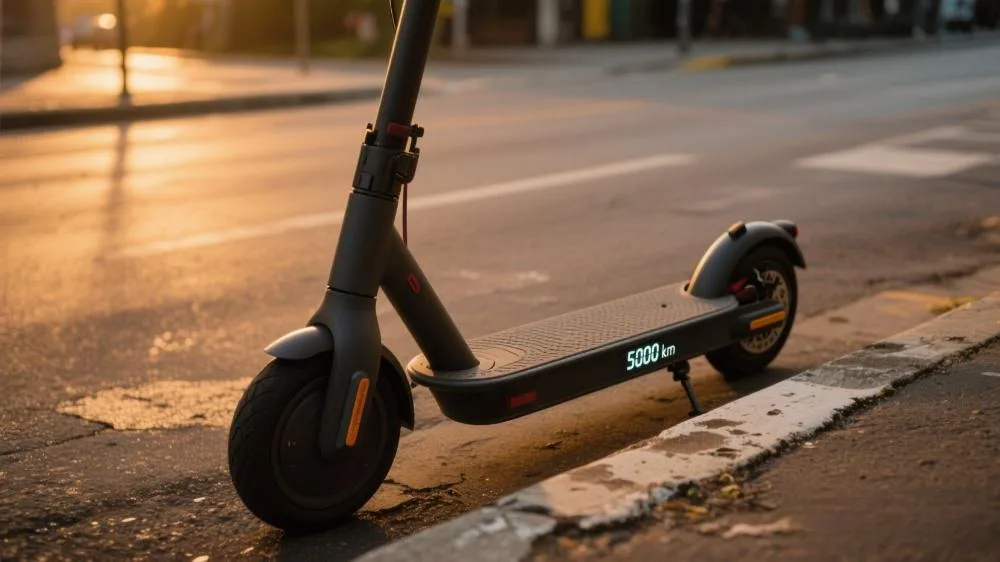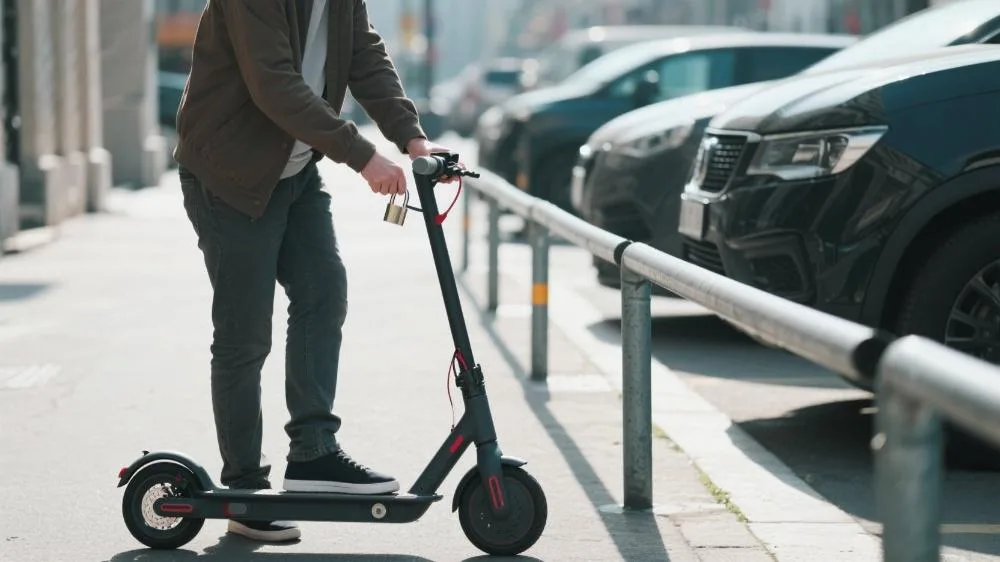how long does an electric scooter last
How long does an electric scooter last? According to the European Micromobility Association’s 2025 research report, mainstream electric scooters typically last between 2.5 to 5 years. However, actual lifespan can vary by up to 300% depending on usage patterns. Professional content platform Novascooter’s survey of 3,000 European and American users revealed that approximately 43% of consumers significantly underestimate maintenance’s impact on product longevity, while 27% experience premature device failure due to improper usage habits. An e-scooter’s lifespan depends on multiple critical factors. TÜV Rheinland’s 2025 durability standards specify that qualified products must maintain at least 80% battery capacity after 500 full charge cycles, demonstrate no more than 15% motor power reduction after 1,000 operating hours, and show no structural damage after 100,000 vibration tests. How do these technical specifications translate to real-world usage? What factors most affect e-scooter longevity? And how can proper maintenance extend service life? This article provides comprehensive answers based on the latest industry data and real-user case studies. 1. Core Component Lifespan Analysis 1.1 Power Battery: The Heart of Your E-Scooter Battery Types and Lifespan Variations Current market offerings primarily include lithium-ion batteries and emerging solid-state batteries. Lithium-ion remains the dominant choice, holding 89% market share in 2025. Among these, NMC batteries suit premium models with 500-800 charge cycles, while LFP batteries for commercial models achieve 1,200-2,000 cycles. Solid-state technology, according to 2025 MIT Lab research, delivers up to 3,000 cycles. To calculate practical lifespan: multiply rated cycles by battery capacity, then divide by daily consumption multiplied by 365 days. For example, a model with 10.4Ah battery (≈360Wh), 600 rated cycles, and 180Wh daily consumption would yield approximately 3.3 years. Battery degradation follows distinct phases. UC Berkeley’s 2025 study shows initial rapid capacity loss (≈8% annually during first 200 cycles), followed by stabilization (≈3% annually for…









